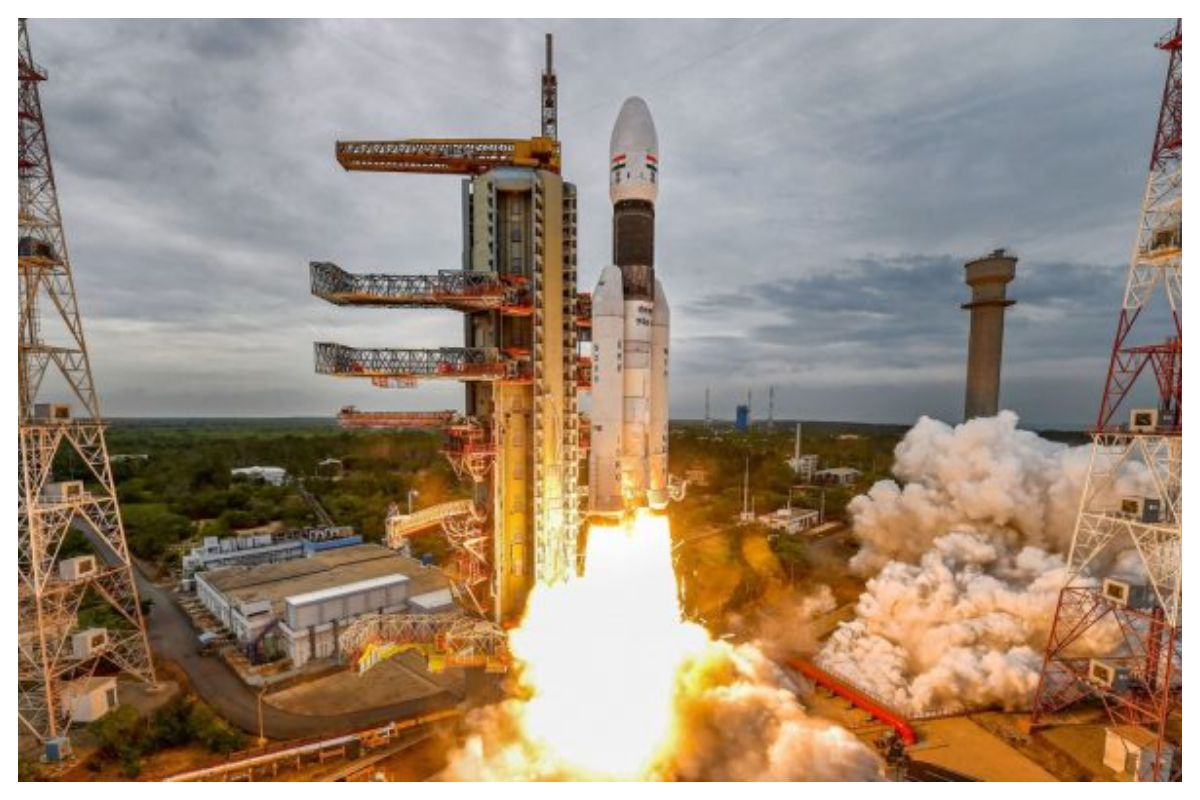The Indian Space Research Organisation (ISRO) on July 22, 2019 had launched Chandrayaan-2 from the Satish Dhawan Space Centre at Sriharikota in Andhra Pradesh. The Orbiter which was injected into a lunar orbit on September 2, 2019, carries eight experiments to address many open questions on lunar science.
On Thursday, the space organization released the first set of data from the country’s second mission to the Moon, the Chandrayaan-2, for the general public.
“All experiments have been performing well and the data received suggests excellent capability to deliver on the pre-launch promises,” ISRO said.
In the period since the launch, payload teams tuned on-board systems for optimal instrument configurations, derived essential in-flight calibration data, revised / updated data processing steps / software and have started to publish early results, it said.
Here is all you need to know:
The Chandrayaan-2 mission was India’s first attempt to land on the lunar surface. ISRO had planned the landing on the South Pole of the lunar surface. However, the lander Vikram hard-landed in September last year
Chandrayaan-2 consisted of three missions clubbed together – the orbiter that would circle around the moon, the Vikram lander that was to make a soft landing near the south pole of the moon, and the Pragyan rover that was to explore the lunar surface and observe water ice.
The mission made India the fourth nation after the United States, Russia and China to land a spacecraft on the Moon.
Chandrayaan 2 aims to improve understanding of the Moon and make discoveries that will benefit India and humanity as a whole. Moon offers an undisturbed historical record of the inner solar system environment and Chandrayaan 2 aims to explore that dimension.
The Chandrayaan-2 data is required to be in the Planetary Data System-4 (PDS4) standard, and is required to be peer reviewed scientifically and technically before acceptance as PDS archives and declared ready for sharing with the global scientific community and the general public, ISRO said.
Data sets from the Imaging Infra-Red Spectrometer (IIRS) payload will be added to this shortly, it said, adding that this release has Level-0 and Level-1 basic data sets prepared using Planetary Data System (PDS) version 4 standards.
